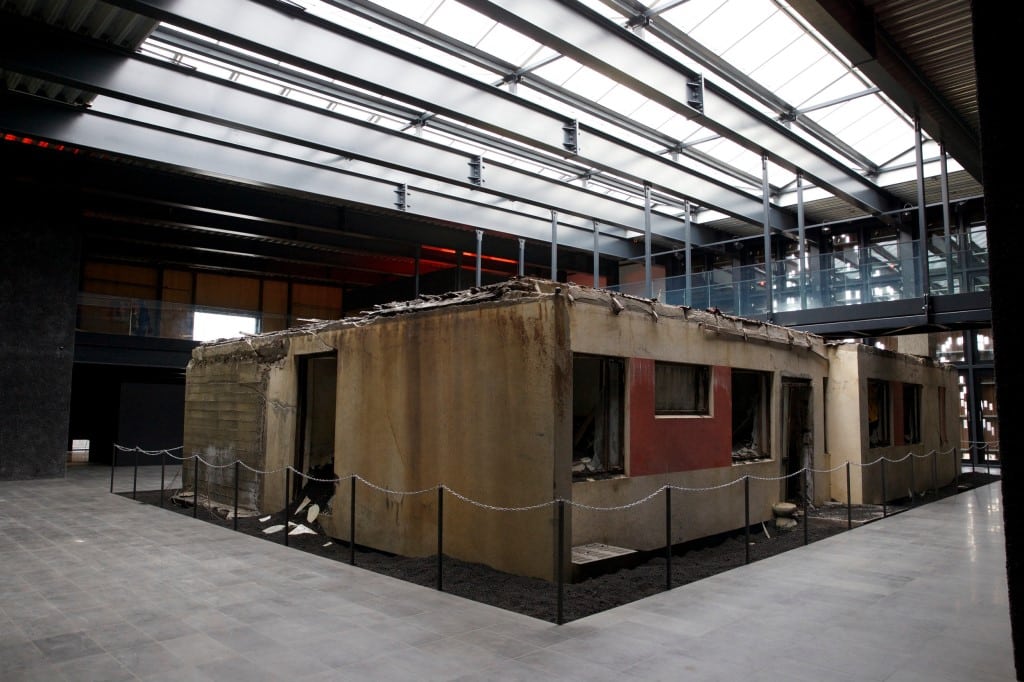Eldheimar Museum: A Journey Through the 1973 Volcanic Eruption
The eruption that took place on Heimaey in 1973 was a defining moment in the history of the Westman Islands. It altered the landscape significantly, changing it forever. More than fifty years on, what happened holds an enduring fascination amongst visitors to this part of Iceland. If you’re curious to find out more about what occurred during the eruption and explore its lasting legacy, then a visit to the Eldheimar Museum is a must. Here’s what you can expect.
An unexpected eruption
On the evening of 22nd January 1973, the ground around Helgafell on Heimaey began to shake. A series of tremors were felt, though people weren’t unduly concerned. After all, the volcano had been dormant for 5900 years. As a science, seismic monitoring was in its infancy and predictions put any activity to the north.
When the eruption started just before two in the morning on 23rd January, the islanders were still sleeping in their beds, unaware of the danger they could be in. If you’re aware of the archipelago’s history, you’ll know that luckily, this story has a happy ending. The weather had been terrible in the hours leading up to the eruption so the fleet of fishing boats was still in Heimaey’s harbour instead of out at sea.
As a huge fissure opened, the emergency services coordinated a quick and efficient evacuation and got everyone to safety. More than 5000 people fled with just the clothes on their back; some decided to make a new life on the mainland while others came back once the eruption finally finished that July.

A devastating impact on the town and its surroundings
Though Heimaey’s population made it off the island in time, the landscape would be changed permanently. Lava and ash blanketed the area, swamping homes and other buildings. About 400 structures, a significant proportion, were completely destroyed during the eruption. Icelanders are used to volcanic activity – the country lies on an active plate boundary after all – but this was an event on an unimaginable scale.
Land was also created: the island grew by more than two square kilometres and a new, 220 metre high cone was formed. We now know that as Eldfell, which translates as Fire Mountain. Today, the lava has cooled, of course, leaving a lava field that is a popular spot with hikers interested in the geology and also the chance to take in the view from its summit. It’s also a stop on our popular Volcano ATV tour.
Pay a visit to Eldheimar Museum
One of the homes that was partially engulfed by the lava has been excavated and preserved as an exhibit in a museum that tells the story of the eruption. Once it had a postal address – Gerðisbraut 10 – but now it’s a tangible reminder of the power of nature; when we look at our homes we imagine they can protect us from what’s going on outside, but they’re no match for a lava flow.
Audio guides provide a poignant and informative commentary, which helps provide useful context about the events that took place in 1973. Standing right at the heart of where everything happened makes those distant events far more immediate and real than if you were reading about them online or in a book.
The Eldheimar Museum also covers the eruption that led to the creation of a brand new island, Surtsey, from 1963 to 1967. It’s not possible to visit Surtsey, a UNESCO World Heritage Site. The place is strictly off-limits so that scientists can study how vegetation colonises a new lava field in a pristine environment.